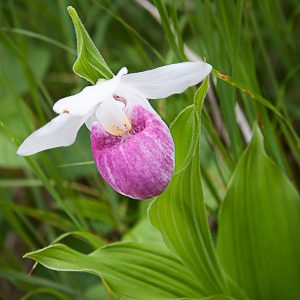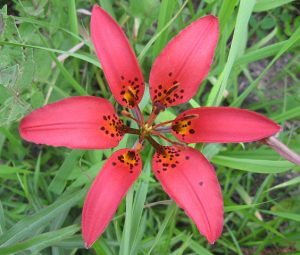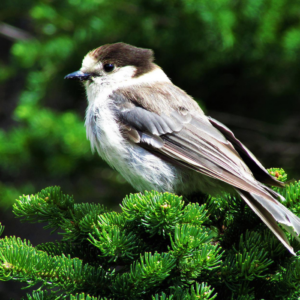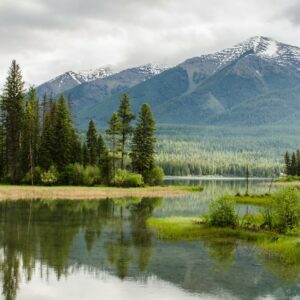The Best of Summer: Flowers We Love
This blog was written by Nature Canada member Steve Gahbauer and edited by Sam Nurse.
Summer is with us and a lot is happening in nature. In early July, sandpipers began their southern migration from breeding grounds in northern Canada. The first to leave are those that did not breed, followed by adult females. With wild berries available in mid-July, Black Bears are packing on weight from what they lost during hibernation. They will gain the most weight in the fall. Late in July, male and female Martens begin to pair up for mating season. The young will be born in March and April. The antlers of Bull Caribou are nearing the end of their growth in early August. The bulls will then shed their antlers in the late fall, after mating. It is also mating season for Little Brown Bats in mid-August.

“Pink Showy Lady Slipper Cypripedium reginae” by Benjamin Smith is licensed under CC BY 2.0
The related swarming behaviour helps yearlings to identify winter hibernating areas. By late August, Red-winged Blackbirds, too, are beginning their southward migration. The females leave first, followed by males later, reversing the order of their arrival.
That’s only the fauna. In the flora there is the wonderful world of orchids, bearing flowers in fantastic shapes and brilliant colours. Orchids are tough, widespread and different from what you would expect. The exotic variety of their flowers indicates adaptability. They tolerate degrees of dryness and mineral deprivation that would kill other plants. Some even thrive in deep shade.
Most orchid seeds are too small to store much food. Before they can grow they must take nourishment from a companion fungus. Some orchids give off a pleasant aroma that attracts particular kinds of bees; others mimic the odour of rotting meat to attract pollinating carrion flies.
Here in Canada, the most popular and cherished orchid is the Showy Lady’s Slipper, which also grows in the Rouge Park. Ontario is the only province where it flourishes in apparent abundance – at least for now. It is critically at risk in Saskatchewan, New Brunswick, Prince Edward Island and Newfoundland, and it is vulnerable in Manitoba and Quebec, due to habitat loss. For habitat, the Showy Lady’s Slipper orchid prefers chalky wetlands and open, wooded swamps with Tamarack and Black Spruce. It grows taller than related species. In June and July, it displays its spectacular soft pink to bright magenta lip, with white sepals and petals.
In the context of flowers we love and of Canada’s 150th anniversary, here is a list of the provincial and territorial flowers:
[custom_table style=”1″]

Wood Lily
| British Columbia: Pacific Dogwood | Alberta: Prickly Wild Rose | Saskatchewan: Wood Lily |
| Manitoba: Prairie Crocus | Ontario: White Trillium | Quebec: Blue Flag Iris |
| New Brunswick: Marsh Blue Violet | Nova Scotia: Trailing Arbutus | Newfoundland: Pitcher Plant |
| PEI: Pink Lady’s Slipper | Yukon: Fireweed | N.W. Territories: Mountain Avens |
| Nunavut: Purple Suffrifrage |
[/custom_table]
Stay tuned for the second blog on the other aspect of summer – insects!
Sources: Canadian Wildlife Federation, Ontario Nature, Nature Conservancy of Canada, Toronto Metro, Canadian Parks and Wilderness Society, and field notes.
Earlier Nature Notes are archived and accessible on www.rougevalleynaturalists.com by clicking on “Nature Notes”.



